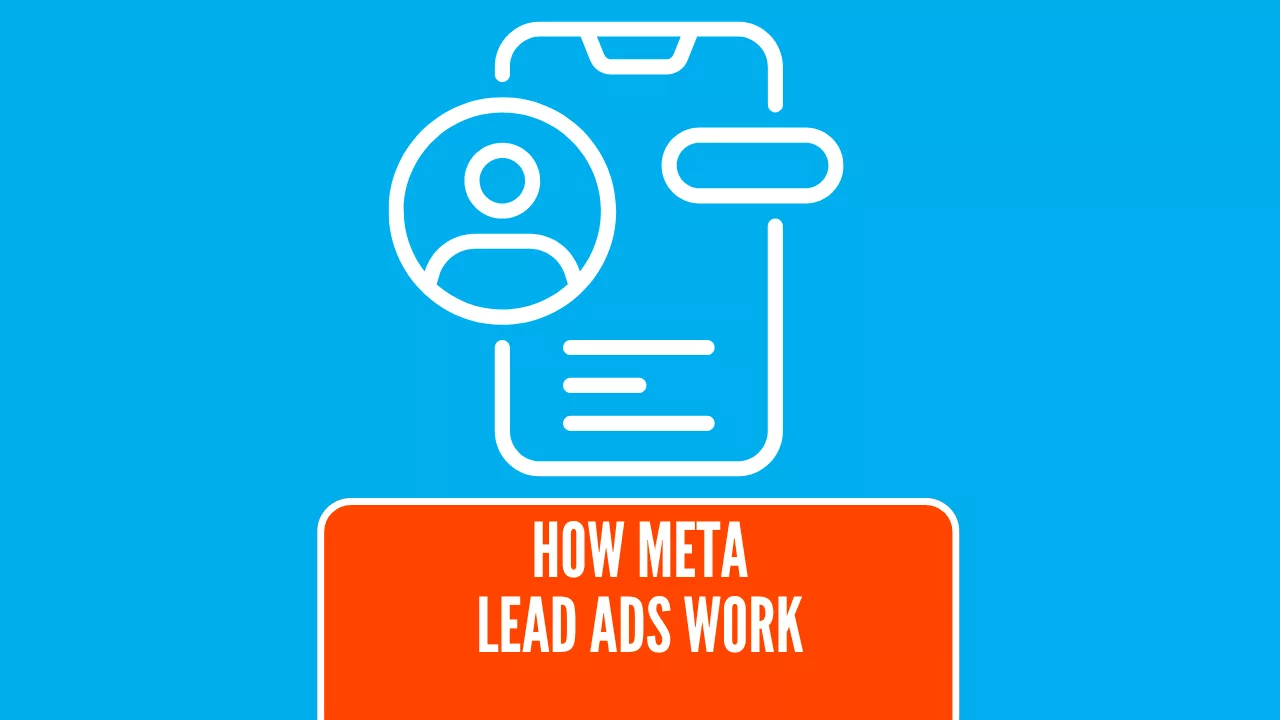Facebook Lead ads are one of the most powerful ways of generating leads from people on mobile devices that I’ve come across in my 20 years of working in the online space.
A well-executed Meta lead ads campaign can significantly enhance your lead generation efforts by leveraging the platform’s extensive user base and advanced targeting options.
If you’re not familiar with the basics of how Facebook Lead Ads work, or Meta instant forms for that mata, and why they’re so powerful, here’s a quick explaining what they look like and how they work.
Little has changed since then, but to take you through the basics of how they work and why their such a powerful lead generation tool, here’s a step by step guide.
Introduction to Facebook Lead Ads
Facebook lead ads are a powerful tool for businesses to generate leads and drive conversions. With over 2.9 billion monthly active users, Facebook provides an unparalleled opportunity to reach and engage with potential customers. Lead ads allow businesses to collect leads directly within the Facebook platform, eliminating the need for external landing pages and reducing conversion friction. This seamless integration makes it easier for users to submit their information, resulting in higher conversion rates. In this guide, we will explore the benefits, best practices, and strategies for using Facebook lead ads to grow your business.
Step 1: Your ad gets shown to your target audience
Firstly, Facebook’s knowledge of the users on their platform, combined with the powerful functionalities of the ads manager, make it the most powerful advertising tool out there. You can use Facebook ads manager to discover your target audience, then displayed your ad to them via the Facebook news feed and Instagram, predominantly on mobile devices.

Step 2: Your audience sees your ad and clicks on it
In the example above, the call to action is “Download”. Clicking on the add, your audience is then presented with a form.
Now pay attention, here’s the powerful bit…
The lead forms get pre-filled with the person’s data from their Facebook profile.
PRE-FILLED. That means they don’t have to use two fat fingers or thumbs to try to enter their details.
This makes submitting a form on a mobile device as simple as clicking a button.
For us marketers, that’s brilliant!
At the most basic, you might just request their email address.

But you can request a heap of other info depending on how qualified you want your leads to be and how you intend on following up once they’ve sent you their info.

Lead Ad form question options
Crazy huh!? Notice in that list you can ask, among other things Short Answers? So you can make up as creepier question as you want (*within Facebook’s advertising policy rules or course).

Step 3: Confirm & Submit Detail in the Lead Generation Process
You’re audience is asked to confirm and submit their details. Then they are shown a confirmation screen. By prompting users to visit your website or download a resource, you can further engage with these qualified leads and move them down your sales funnel. At this point you can prompt them to visit your website, Download something you’ve promised them in your ad (as per this example), or even call your business.

Step 4: Download Your Leads
BOOM!! Your lead’s details are submitted to Facebook where you can download them as a CSV (Excel type) file.
You can also manage and track these leads directly from your Facebook page, ensuring a seamless follow-up process.
Step 5: Lead forwarding & notifications
Yes, step 4 is a slightly antiquated and very much annoying step in getting your grubby little sales hands on your leads. That’s why we built LeadSync.
LeadSync will send Facebook leads ad alerts to your email inbox. But if you have a more fancy sales funnel with a CRM for example, LeadSync can send leads there too.
Given that a substantial 98.5% of Facebook users access the platform via mobile devices, optimizing your lead ads for mobile can significantly enhance user engagement and lead acquisition.
So hopefully now you can see what a powerful advertising format Facebook Lead ads are for generating.
Next Step:Build your first Facebook Lead Ad Campaign.
Conclusion
Facebook lead ads offer a robust solution for businesses to generate high-quality leads and drive conversions. By understanding how to create and optimize lead ads, businesses can tap into the vast potential of the Facebook platform and reach their target audience effectively. With the right strategy and execution, Facebook lead ads can help businesses achieve their marketing goals and drive growth. Whether you’re just starting out with Facebook lead ads or looking to optimize your existing campaigns, this guide provides a comprehensive resource to help you succeed.

